Unleashing the Iconic Muscle: A Deep Dive into the 1970 Plymouth Barracuda
Introduction
There’s something undeniably captivating about the sound of a roaring V8 engine, the sleek lines of a classic muscle car, and the sheer thrill of driving with the windows down. At the heart of this automotive excitement lies the 1970 Plymouth Barracuda, an icon of the muscle car era. With its powerful engine options, bold styling, and enduring legacy, the ‘Cuda has secured its place in the annals of American automotive history. Join us as we explore what makes the 1970 Plymouth Barracuda a timeless classic that continues to captivate car enthusiasts today.
The 1970 Plymouth Barracuda is part of the third generation of the Barracuda lineup, a significant evolution from its predecessors. Originally introduced in 1964 as a compact car with a sporty flair, the Barracuda underwent a radical transformation by the time it reached its third generation in 1970. It was no longer a simple compact car—it had become a full-fledged muscle car designed to compete in the high-performance arena.
This transformation began with the car’s new design. The 1970 ‘Cuda featured a shorter wheelbase, wider stance, and a more aggressive front end, indicating its shift toward muscle car territory. This new approach was matched with a variety of powerful engine options, including the iconic 426 Hemi V8 and the 440 Six-Pack, allowing enthusiasts to customize their Barracuda for street performance or drag strip dominance.
The styling of the 1970 ‘Cuda was equally bold. The car featured distinctive lines, a broad stance, and unique elements like the Shaker hood, which vibrated with the engine’s movement, emphasizing its raw power. Inside, the Barracuda offered a driver-focused layout with sporty touches, such as bucket seats and rally gauges, providing a balance of comfort and performance.
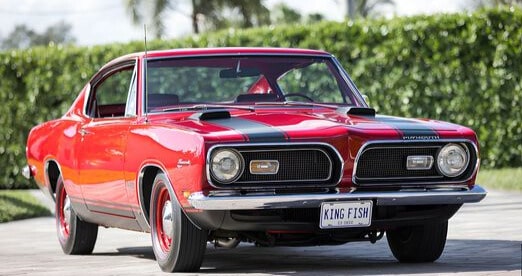
Performance and Engine Options
The 1970 Barracuda was designed for power and performance. It offered a range of engine options, catering to varying levels of horsepower and driving styles. Here’s a closer look at some of the most notable engines available in the 1970 ‘Cuda:
- 426 Hemi V8: Known as the “Elephant Engine,” the 426 Hemi was a high-performance powerhouse. Producing an astounding 425 horsepower, this engine propelled the ‘Cuda into the upper echelons of muscle cars. It was revered for its dominance on the drag strip and its ability to deliver heart-pounding acceleration.
- 440 Six-Pack: This engine featured three two-barrel carburetors, generating 390 horsepower. It offered a more street-friendly option while still delivering substantial power and performance. The 440 Six-Pack was ideal for those who wanted a high-performance engine without the intensity of the Hemi.
- 383 V8: The 383 V8 provided a balanced approach to performance and drivability. It was a popular choice for those who wanted muscle car power without sacrificing everyday usability. With 335 horsepower, it offered plenty of punch for spirited driving.
Design and Styling
The third-generation Barracuda’s design was a standout feature. The car’s silhouette was sleek and aggressive, with bold lines and a distinctive grille. The Shaker hood, a hallmark of the 1970 ‘Cuda, added to its aggressive appearance, providing a visual indicator of the engine’s raw power. This feature was particularly popular among muscle car enthusiasts and became one of the ‘Cuda’s defining characteristics.
The Barracuda also offered a variety of eye-catching color options, including iconic shades like “Lemon Twist” yellow and “Plum Crazy” purple. These vibrant colors added to the car’s unique appeal and helped it stand out in a crowd of muscle cars.
Inside, the ‘Cuda was just as impressive. The driver-focused cockpit featured bucket seats, rally gauges, and a center console with a sporty design. These elements created a sense of control and connection with the car, reinforcing the Barracuda’s performance-oriented identity.
Legacy and Enduring Appeal
The 1970 Plymouth Barracuda’s legacy is firmly entrenched in American automotive history. It represents the zenith of the muscle car era, a time when horsepower and performance reigned supreme. The ‘Cuda’s rarity and unique features have made it a highly sought-after collector’s item. Enthusiasts and collectors around the world treasure this classic muscle car for its design, performance, and historical significance.
Today, the Barracuda continues to be celebrated at classic car shows, auctions, and restorations. Its enduring appeal is a testament to the impact it had on the automotive world and the lasting impression it left on muscle car enthusiasts.
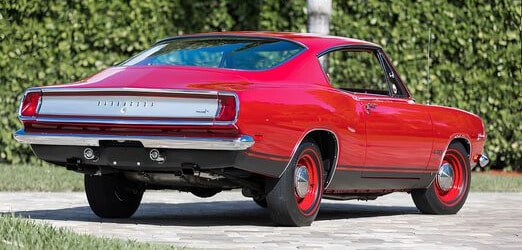
Conclusion
The 1970 Plymouth Barracuda is more than just a muscle car—it’s a symbol of an era when cars were designed for power, speed, and style. With its iconic engine options, bold design, and unique features, it’s no wonder the ‘Cuda has achieved legendary status. Whether you’re a long-time fan of classic muscle cars or just discovering the world of high-performance vehicles, the Barracuda is a timeless icon that continues to capture the imagination.
Thank you for joining us on this journey through the 1970 Plymouth Barracuda. We hope you’ve enjoyed learning about this iconic muscle car. If you have any thoughts or memories related to the ‘Cuda, we’d love to hear from you. Please leave a comment below, share this post with your fellow car enthusiasts, and let’s keep the spirit of classic muscle cars alive.


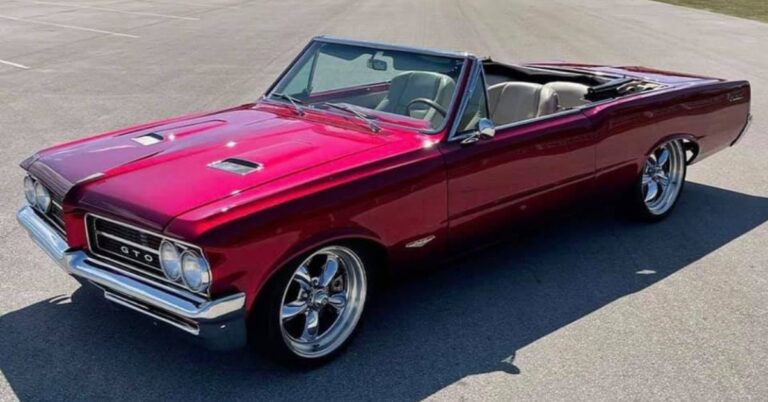
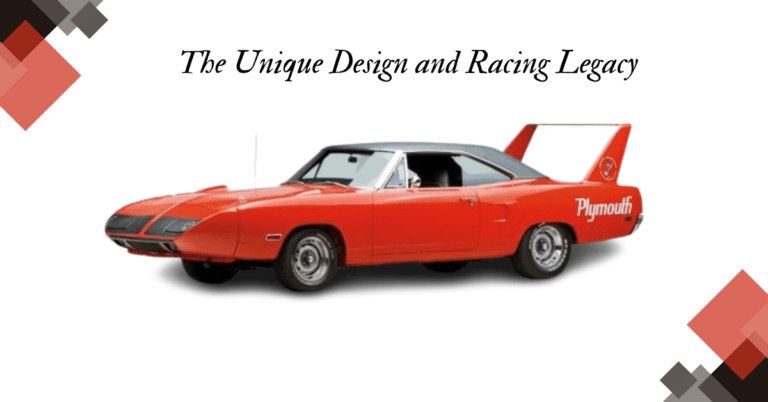

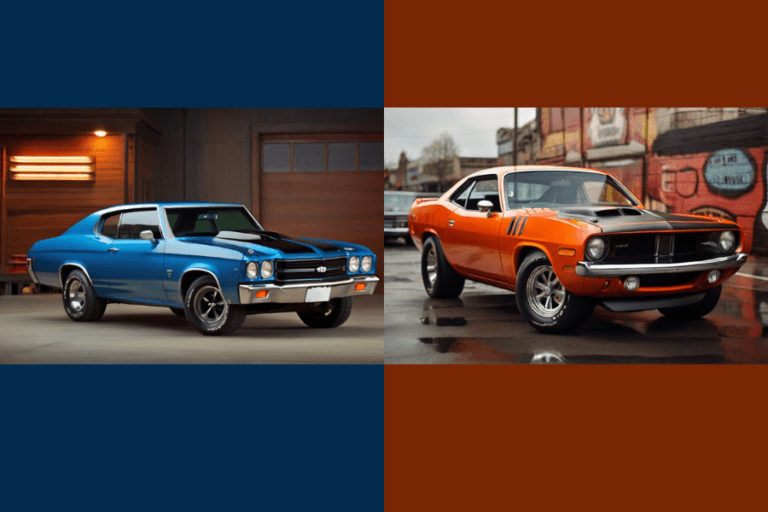
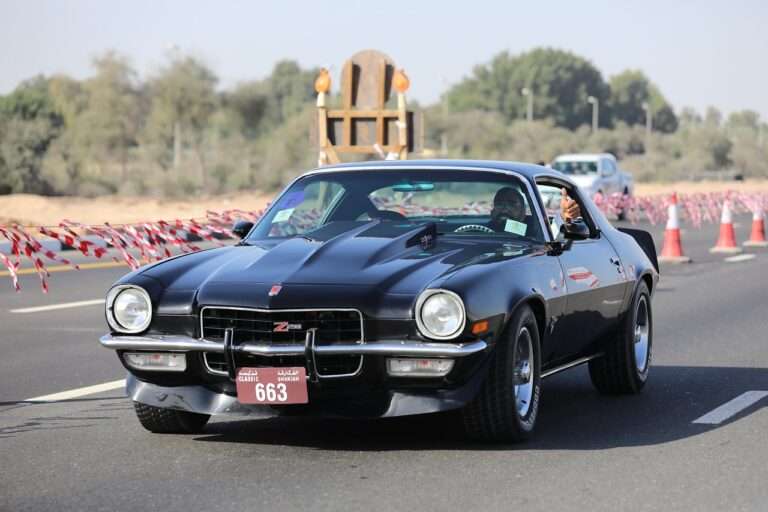
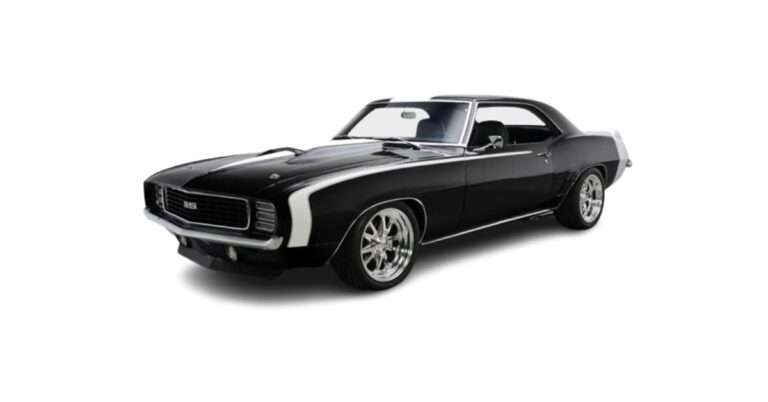
Excellent article, very intellectual.
thank you